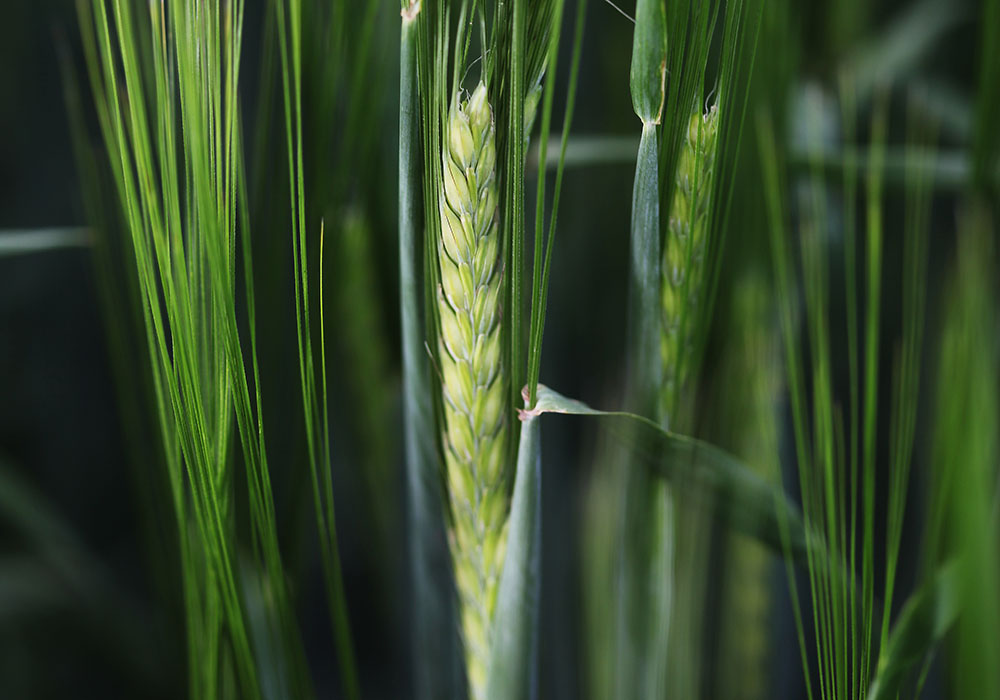The Good: Corn conditions remained at 73 per cent good to excellent during the week ending on August 3. The ratings for the corn crop is good news for U.S. farmers in the Corn Belt. The farmers in Iowa remain very happy with the condition of their corn crop as 85 per cent of the crop rated as good to excellent. The corn crop remains on schedule with 42 per cent of the crop in the dough stage which is two per cent ahead of the five year average. StoneX released their estimate of corn yields for 2025 at 188 bushels per acre. The current USDA estimate for corn yields is 181 bushels per acre. The first surveyed yield by USDA will be released on August 12. USDA is likely to increase yields in their next report, but the good news is that the market is already expecting a large increase in yields and production.

The Bad: November canola futures dropped by C$10.30 per tonne during today’s session with the contract settling at C$C$672.20 per tonne. The losses in canola were driven by lower soybean futures which closed the day down by four cents per bushel. Soybean oil futures traded down by 1.16 per cent during today’s session. Palm oil is also trading down in their extended session, while European rapeseed traded down by 0.16 per cent during today’s trading session. The bad news for the oilseed markets is that prospects remain very good in the U.S. Corn Belt. StoneX forecast the soybean yield at 53.6 bushels per acre which is a new record. That is bad news for canola prices.

The Ugly: The ugliest chart of the week is certainly the September spring wheat market. Spring wheat markets continued their downward slide with the nearby September contract closing down by three cents per bushel to settle at US$5.70 per bushel. The spring wheat contract was pressured by winter wheat contracts which fell by nine to 13 cents per bushel during today’s session. The losses were largest in the Kansas City contract which closed down by 12 to 13 cents per bushel. With no support from winter wheat contracts, spring wheat futures are just following the trend lower. The ugly news is that pressure from the spring wheat harvest is just beginning with only five per cent of the crop in the bin.


To continue reading, please subscribe to Western Producer
Subscribe nowAlready a subscriber? Log In












